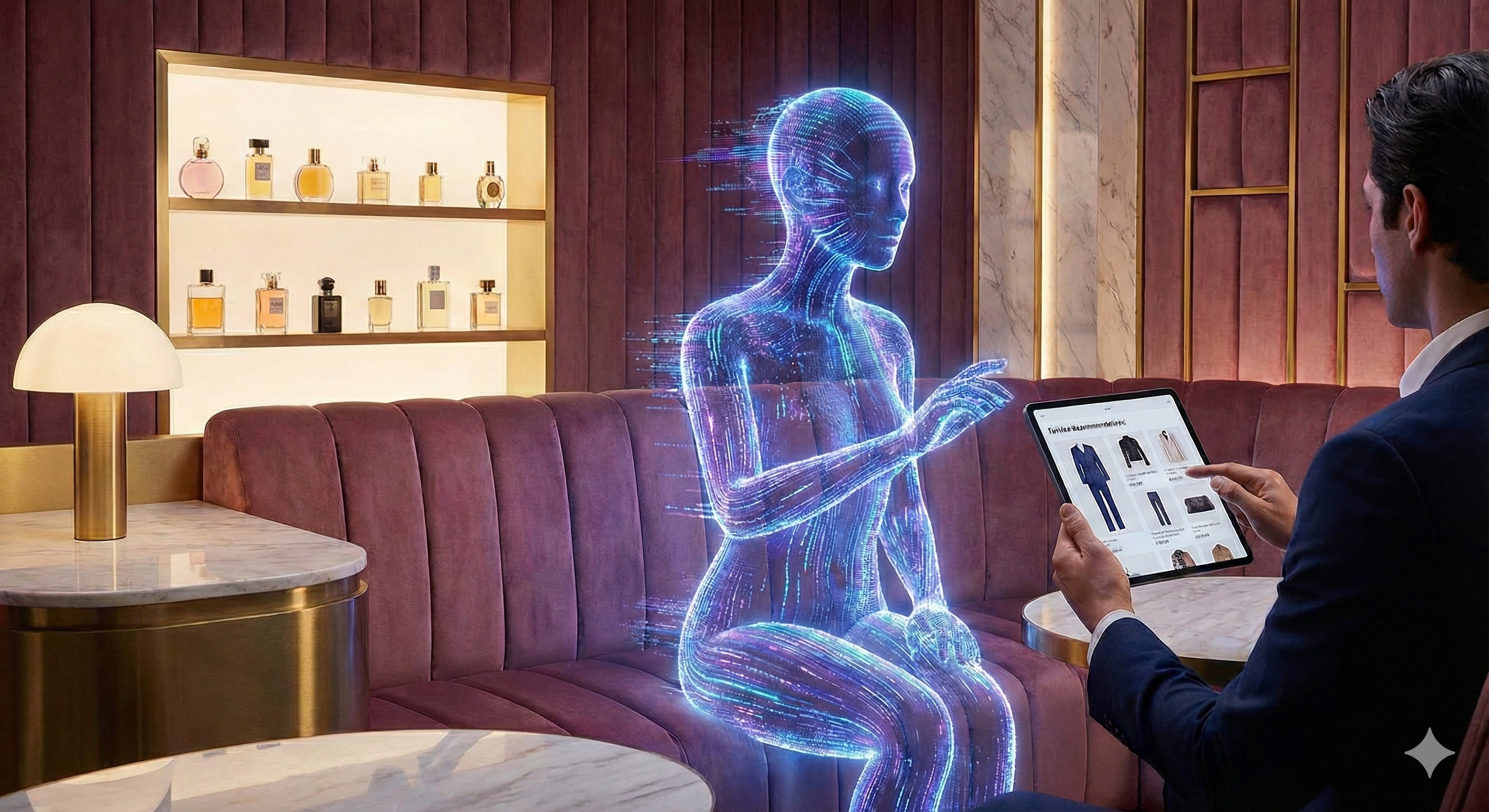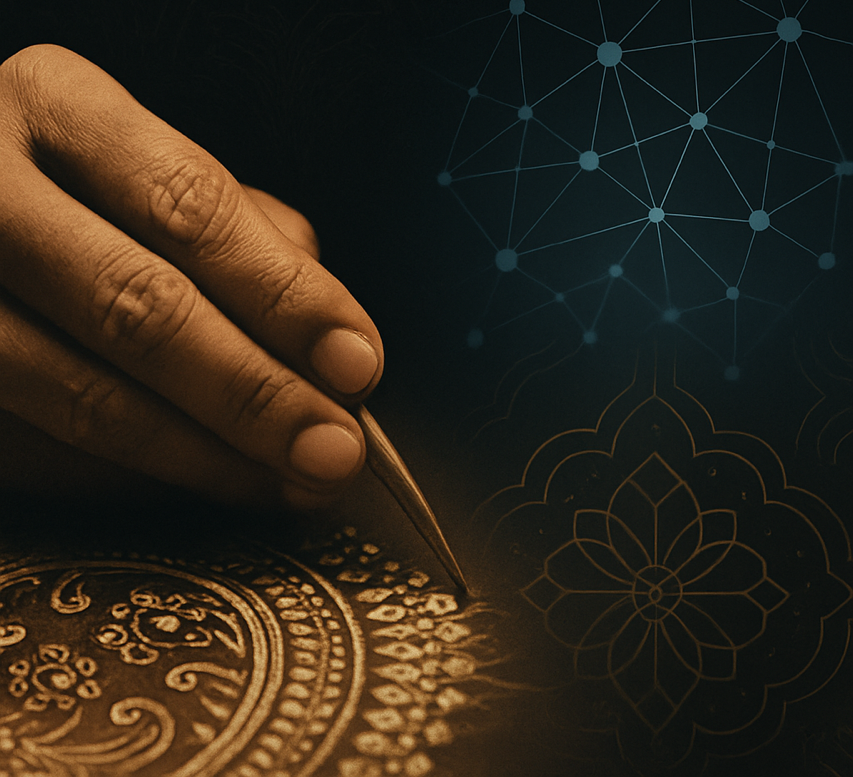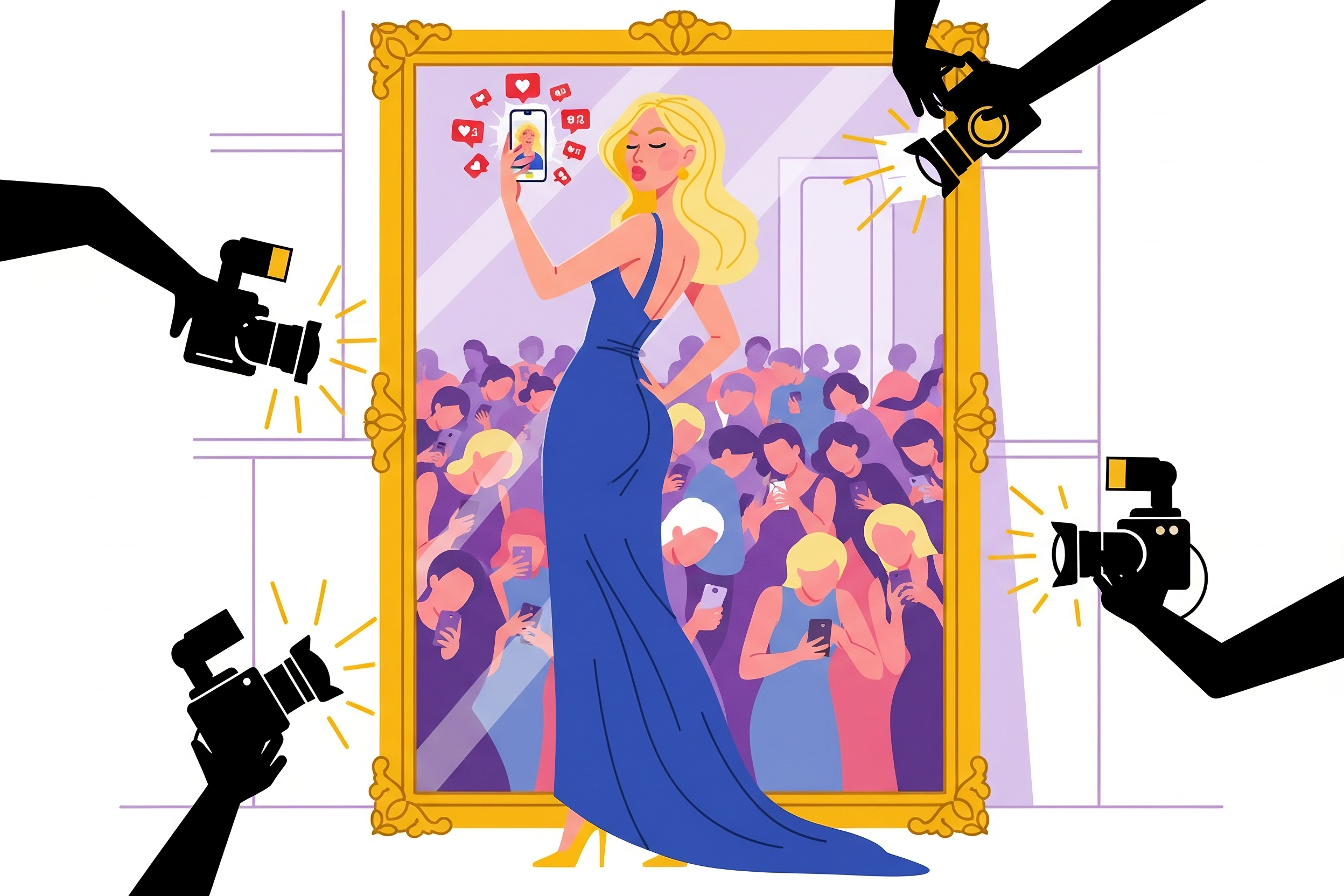
Video is the fastest growing ad format within digital in China. eMarketer’s forecasting analyst, Cindy Liu, reports on how digital adpsend will thrive over the coming years.
According to eMarketer’s latest forecast, overall digital adspend in China will reach $50.31 billion—of which 72 percent will go to mobile channels. Video is the fastest growing ad format within digital, and by 2021 eMarketer expects it will overtake spending on traditional TV, accounting for 13.4 percent of all media ad expenditure.

“Advertising on video is growing at a faster rate than overall display ads, and strong content is a key driver for this growth as brands are willing to spend more money to appear alongside the most popular content,” said eMarketer forecasting analyst Cindy Liu. Content comes from original productions and exclusive partnerships, she said. "For example, iQiyi, Baidu’s on-demand video streaming service, recently announced a deal with Netflix to license some of their premium content.”
Join Luxury Society to have more articles like this delivered directly to your inbox
Thanks to continued innovation in mobile and high-profile partnerships, the BAT companies—Baidu, Alibaba and Tencent—will continue to dominate the digital advertising market in China, according to eMarketer. The BAT combined will take in 64.1 percent of digital ad expenditures in China this year. Within BAT, Alibaba will capture more than 35 percent of China’s digital adspend in 2017, followed by Baidu with an 18.4 percent share and Tencent with a 10.4% slice.
By 2019, Alibaba’s digital ad revenues will reach $28.93 billion, accounting for 38.0 percent of all digital ad spend in China. “Alibaba continues to outperform expectations and is once again the strongest performer in terms of net digital ad revenues in China,” Liu said. “By incorporating social and video elements into its mobile shopping app—Taobao—Alibaba is able to capture more consumer time and thus attract more advertising spend."
Meanwhile, Tencent, which is the fastest growing company in terms of net digital ad revenues, will fall short of Alibaba and Baidu through 2019, as the company errs on the conservative side when it comes to unloading its ad inventory, added Liu.
Article originally published on Campaign Asia. Republished with permission.










